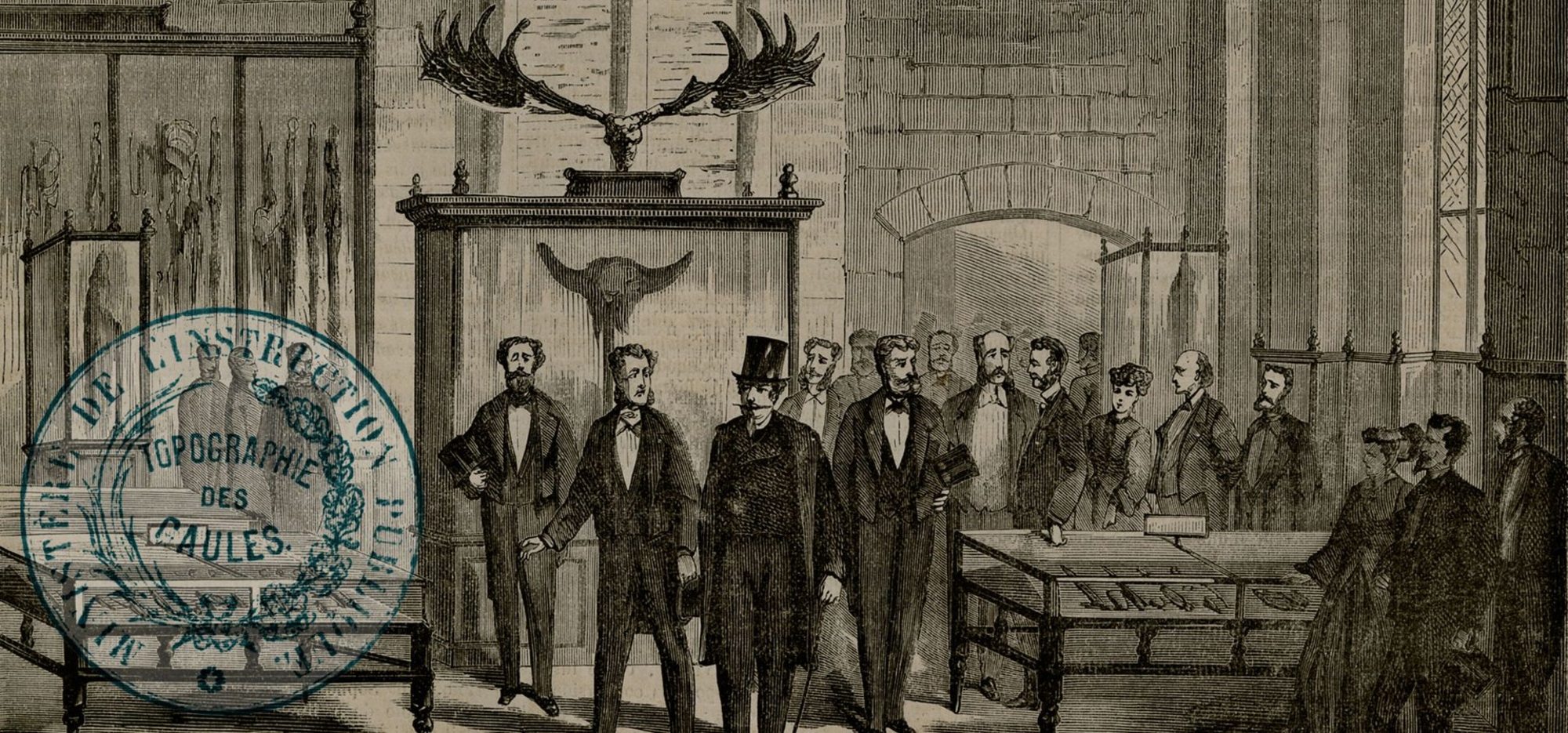
- Home
- The Commission de Topographie des Gaules
- An institution
- Crossing borders
In October 1858, Napoleon III reminded the Commission de Topographie des Gaules (CTG) that its primary objective was to produce three maps of Gaul in three different periods. The idea was “that one can see, by going from one map to the next, the transformation of towns and regions under the Celts, Romans and Franks”. For this, the question of Gaul’s borders and their evolution over time was crucial.
The borders of Gaul
As Gaul’s borders had extended beyond those of the modern nation, it was decided that France’s neighbouring countries, which had also been home to the events of the Gallic Wars, would be included in the commission’s work. Work began first in Switzerland and Belgium.
From 1860, Alexandre Bertrand, the CTG secretary, was in contact with the great figures of Swiss archaeology of the time: Ferdinand Keller from Zurich, Rodolphe Blanchet from Lausanne and Henri Fazy from Geneva. In March 1861, Alexandre Bertrand and Casimir Creuly went to Belgium, where they established links with various institutions, including the Institut archéologique liégois and the Commission royale des Monuments. Joseph Roulez, professor at the Université de Gand, became a correspondent for the CTG. As a result, a large proportion of Belgian and Swiss territory was also included in the commission’s cartographical work.
Taking inspiration from abroad
While Julius Caesar’s The Conquest of Gaul was its starting point, the CTG’s work quickly expanded beyond this. The CTG was inspired by the work being carried out in other countries, as seen by its keen purchasing of foreign maps. More generally, the increasing scope of the CTG’s work during the 1860s led to its members contributing to the big European debates surrounding the nascent archaeological science. They gave their views on the existence of prehistoric man, the interpretation of lakeside pile dwellings in Switzerland and the great pre-Roman necropolises of northern Italy.




